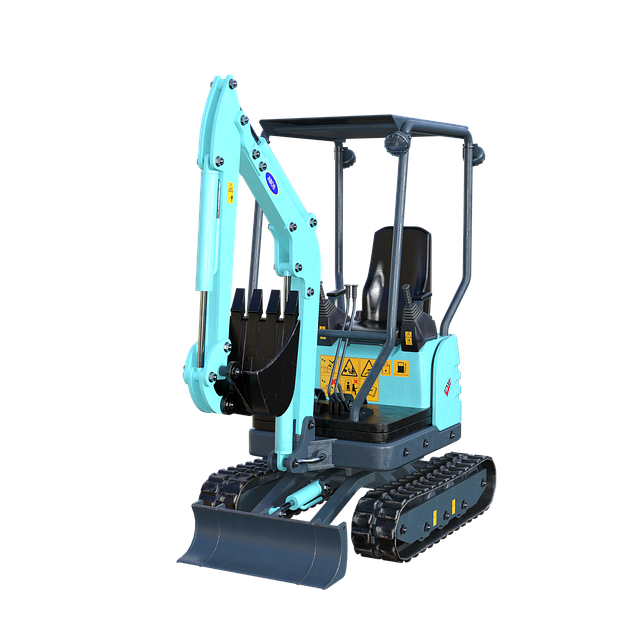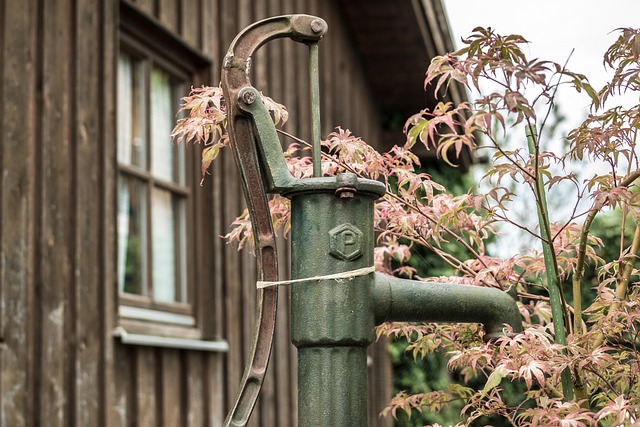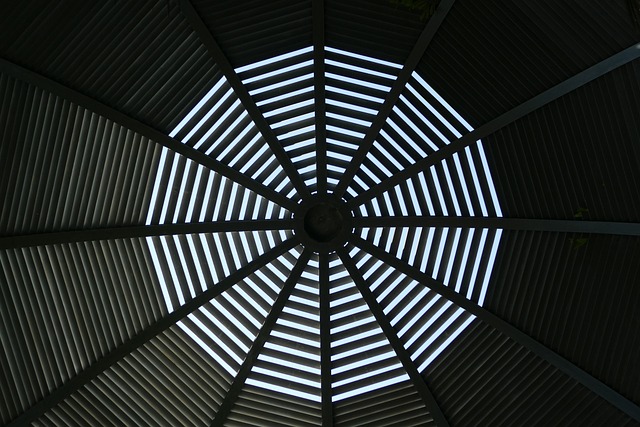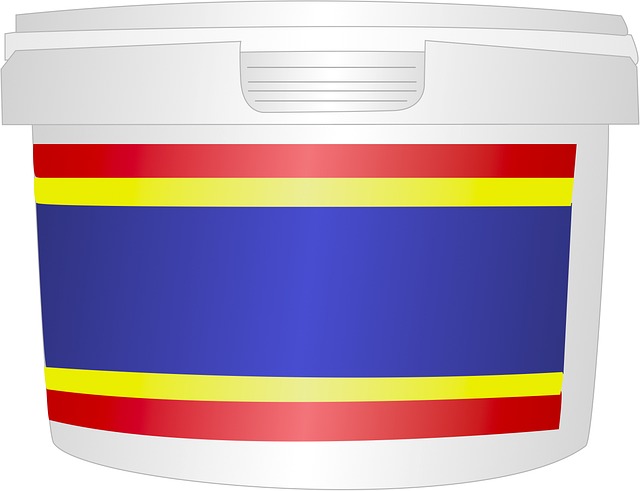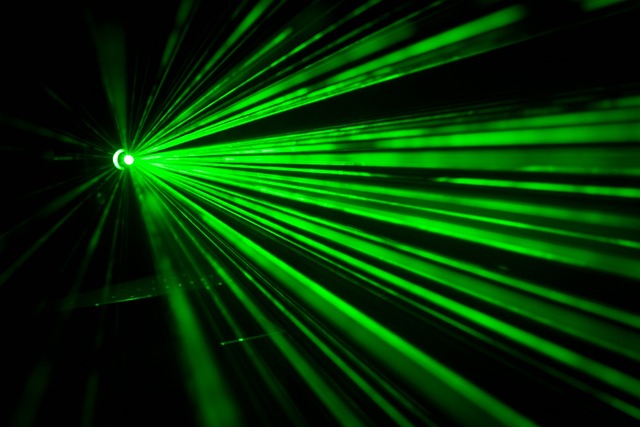When selecting glue for laminating beams (Glue Laminated Beams Uses), prioritize high-quality adhesives for robust bonds that resist stress, water, heat, and chemicals. Choose between water-based or synthetic resin glues based on project needs: water-based for eco-friendliness and interior use, synthetic resin for superior strength and durability in demanding structural applications. Glue laminated beams enhance structural integrity, offering weight reduction, longer spans, and design flexibility. Select glue with robust bonding, moisture resistance, and compatibility with diverse timber species for optimal performance and aesthetic appeal.
When it comes to constructing or repairing beams, choosing the right glue is paramount for ensuring structural integrity. This article delves into the world of adhesives used in lamination processes, focusing on water-based and synthetic resin glues. We’ll explore how these glues differ in adhesion strength, ideal applications, and their respective roles in enhancing beam construction. Understanding these types helps professionals select the most suitable glue for specific projects, ensuring robust bonding and structural reliability.
- Adhesion Strength: Evaluating Bonding Power
- Types of Glue: Water-Based vs. Synthetic Resins
- Applications: Structural Integrity for Beams
Adhesion Strength: Evaluating Bonding Power
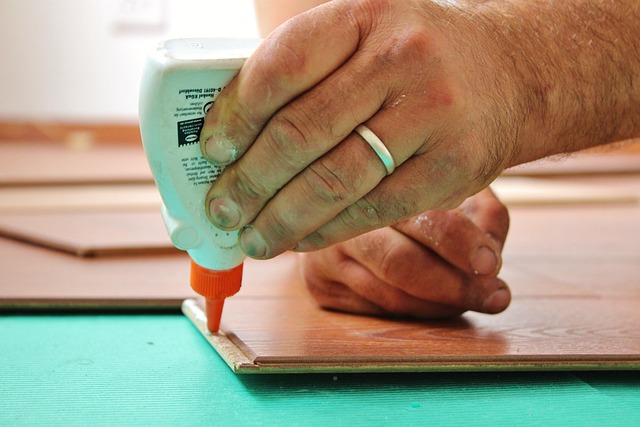
When comparing different types of glue for laminating beams, one of the most critical factors to consider is adhesion strength. This refers to the bonding power between the adhesive and the wood fibers, determining how securely the laminated beam will hold together under various conditions. High-quality glues designed for structural applications offer superior adhesion, ensuring that the bond remains intact even in harsh environments or when subjected to significant weight and stress.
For glue laminated beams used in construction, especially in eco-friendly structural elements and green building certifications, the choice of adhesive plays a pivotal role in achieving building precision and strength. Different glues come with varying levels of resistance to water, heat, and chemicals, which are essential considerations when selecting a suitable product for specific beam applications. For instance, some adhesives provide excellent bonding on smooth surfaces while others excel in conditions where the wood might be rougher or more porous. Ultimately, understanding the adhesion strength and other performance characteristics can help ensure that your chosen glue meets the demands of your project, making it a reliable component in your construction process. Find us at unalam.com for more information about glulam beam finish options tailored to your needs.
Types of Glue: Water-Based vs. Synthetic Resins

When considering the best glue for laminating beams, understanding the distinction between water-based and synthetic resin glues is key. Water-based adhesives are known for their environmental friendliness—they emit fewer volatile organic compounds (VOCs) and are easier on the user’s health due to reduced odor and lower toxicity. This makes them a preferred choice for projects focusing on sustainability, like those aiming for green building certifications. Furthermore, water-based glues offer good bonding strength for various materials and are suitable for interior applications.
Synthetic resin adhesives, on the other hand, boast superior bond strength and durability, making them ideal for demanding structural applications. They are known for their exceptional bearing capacity of glued laminated beams (glulam), ensuring high-strength connections crucial for heavy-load-bearing structures. While more toxic and emitting higher levels of VOCs, synthetic resins contribute to enhanced structural integrity, which is essential in meeting local building permit requirements. For precision and strength in building, synthetic resins prove invaluable, especially when considering the long-term stability and performance needed for modern construction projects—a service that you can find at unalam.com.
Applications: Structural Integrity for Beams

Glue plays a critical role in structural integrity when it comes to beams, especially in applications like glue laminated beams (glulam). The choice of adhesive is key to ensuring strength and durability in high-stress areas, making glulam an attractive green construction alternative for timber structures. Unlike traditional beam construction, which relies on solid wood or steel, glulam beams are created by laminating multiple layers of small dimensional lumber with a strong glue, resulting in a single, incredibly robust component. This process offers several advantages: increased structural capacity, reduced weight, and minimal dimensional change over time.
For projects requiring exceptional strength-to-weight ratios, glulam beams excel. They can span longer distances than solid wood or steel, making them ideal for modern architectural designs. When selecting glue for these applications, consider options that provide excellent bonding strength, resistance to moisture, and compatibility with various timber species. For those looking to purchase glulam beams online or explore green construction alternatives, reputable suppliers like those found at 18 Clifton St, Unadilla, NY 13849 offer a range of high-strength timber structures tailored for specific projects, ensuring both durability and aesthetics.
When selecting a glue for laminating beams, understanding adhesion strength and the distinctions between water-based and synthetic resin glues is paramount. Each type offers unique advantages in terms of structural integrity and specific application needs. For optimal beam construction, consider the glue laminated beams uses that best align with your project’s requirements, ensuring strong bonds and long-lasting durability.
